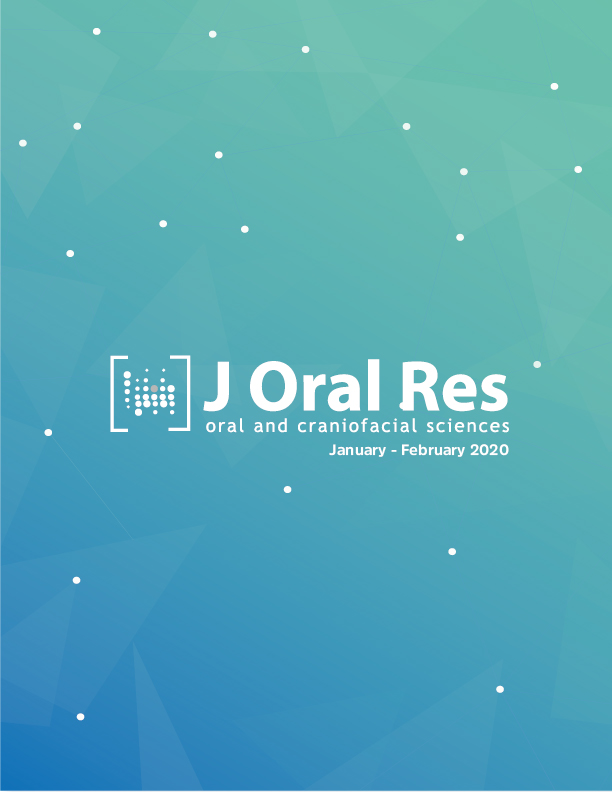Frequency of accessory mental foramen and anatomical variability of mental nerve anterior loop in a Peruvian population: A retrospective cone-beam computed tomography study.
DOI:
https://doi.org/10.17126/%25xAbstract
Objective: To evaluate the frequency of accessory mental foramen (AMF) and anatomical variants of the mental nerve anterior loop using cone-beam computed tomography (CBCT) in a Peruvian population. Material and methods: This retrospective cross-sectional study evaluated 80 hemi-mandibles from 40 subjects using CBCT. The sample included 38 females and 42 males, with an average age of 25±4.45 years. A 3D multi-planar reconstruction was performed to identify the location and presence of accessory mental foramina, their morphological characteristics (oval or circular), their position with respect to the mental foramen (MF), anterior loop (AL) path and other anatomical landmarks including lengths and angles. Statistical analyses included chi square and t-tests. The significance level was p<0.05. Results: The frequency of AMF was 17% and the average distance AL-MF was 4.76±1.97mm. The measurements of the anterior border of AL and MF to the inferior mandibular border showed significant differences according to the sex (p<0.001 and p=0.009, respectively). Conclusion: The AMF prevalence was approximately 17%. There is no association between the AMF position and its morphology, sex or side evaluated. The distances from the anterior border of the AL and from the inferior border of the MF to the inferior mandibular border were greater in males. These findings should be considered when planning implant or mini-implant placement in this region.
Downloads
Published
How to Cite
Issue
Section
Copyright (c) 2020 Universidad de Concepción

This work is licensed under a Creative Commons Attribution 4.0 International License.
This is an open-access Journal distributed under the terms of the Creative Commons Attribution License (CC BY 4.0). The use, distribution or reproduction in other forums is permitted, provided the original author(s) and the copyright owner(s) are credited and that the original publication in this journal is cited, in accordance with accepted academic practice. No use, distribution or reproduction is permitted which does not comply with these terms. © 2023.










